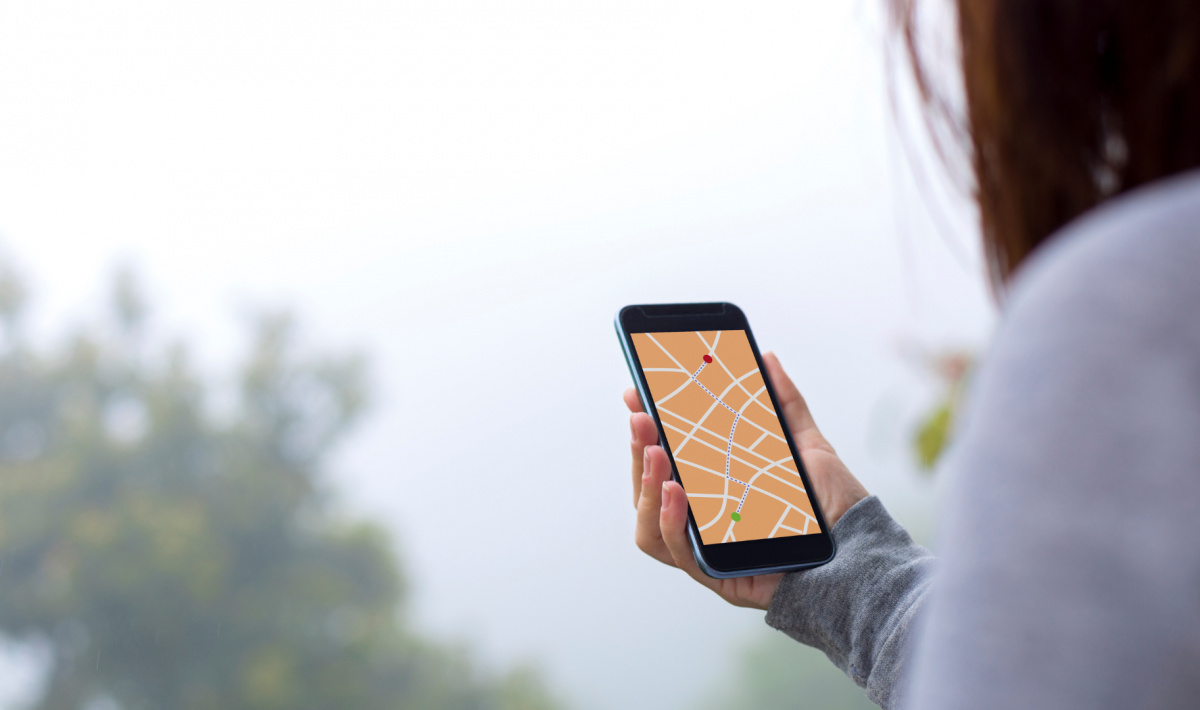If you’re planning on hiking in the wilderness, you might want to consider using your iPhone GPS to help you out. When hiking unchartered lanes, your iPhone can be an invaluable tool as it can help you identify your location in real time, and it can also help you navigate to your destination. Additionally, you can use the GPS to alert emergency services if you get lost or injured.
However, you should also be aware that your phone can get damaged if not handled properly. Be sure to keep it in a waterproof case and protect it from the elements. Additionally, you should be mindful of the battery life and make sure to bring an external charger or extra batteries. In case your phone has been throwing up some issues, make sure to Fix Phone right away from a nearby professional before trusting it to guide you in unknown lanes.
Here are a few tips on how to use it to your advantage.
First, make sure that your iPhone GPS is turned on and working properly. Second, familiarize yourself with the various features and functions that your iPhone GPS has to offer. Third, use your iPhone GPS to help you plan your route and track your progress while hiking. Finally, don’t forget to bring along a backup power source for your iPhone GPS in case your battery runs low.
Gaia GPS Settings
The Gaia GPS app has a lot of settings that you can change to customize your experience. You can adjust things like the map display, the units of measurement, the language, and more. This app has a variety of settings that can be customized to suit your needs. You can change the map type too. Here you can customize your Gaia GPS experience to better suit your needs. You can change your map display settings and even GPS tracking options. Make sure to explore all the options available to you so that you can get the most out of Gaia GPS. This app is useful because if you lost your way, this app would help you to find your way and go back easily. Always keep this app.
Protecting Your Phone
Hiking is a great way to get outdoors and enjoy nature. But if you’re bringing your phone along, it’s important to take some precautions to protect it:
- Consider putting your phone in a waterproof case or bag. This will help to keep it dry if you encounter any rain or river crossings.
- Be aware of your surroundings and avoid putting your phone down in areas where it could be stepped on or dropped.
- Avoid using your phone in areas where there is a lot of dust or sand, as this can damage the electronics.
- Make sure to keep your phone charged so you can still make calls in an emergency.
Your phone is a valuable tool that helps you stay connected to the people and information you need.
Here are some tips to keep it safe:
- Keep your phone in a safe place.
- Be aware of what apps you download.
- Keep your software up to date.
- Use a screen lock.
- Be cautious when using public Wi-Fi.
- Back up your data.
- Turn on airplane mode to avoid the battery being empty.
Battery Conservation Settings
The battery conservation settings on your device help you save power and extend the battery life.
If you’re looking to save battery power and extend the life of your device, you’ll want to use the battery conservation settings. The battery conservation settings on your device are there to help you save power and extend the life of your battery. You can easily see a significant difference in battery life by making a few small changes to how you use your device.
Here are some tips to help you get the most out of your battery:
- Use dimmer screen brightness settings.
- Avoid using your device in direct sunlight.
- Reduce the number of active apps running in the background.
- Turn off location services and Bluetooth when not in use.
- Use power-saving mode when possible.


